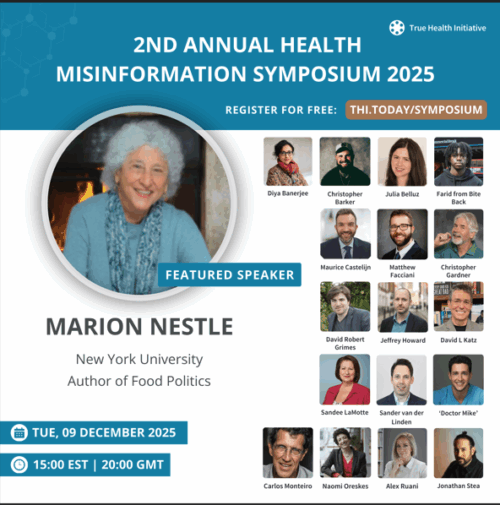
FDA’s focus on preventing food safety problems
Michael Taylor, FDA’s associate commissioner for foods, gave a major speech yesterday at the George Washington University School of Public Health.
In it, he talked about the origin and effectiveness of HACCP (Hazard Analysis and Critical Control Point) controls for preventing food safety problems. HACCP, he explained, works just like other aspects of public health practice. It requires:
• understanding the specific food safety hazards that could affect a particular food production operation,
• devising and implementing scientifically validated controls to minimize the hazards,
• monitoring the implementation of preventive controls to verify effectiveness, and
• making corrections and adjustments as needed, based on experience.
He then went on to say how FDA plans to put the Food Safety Modernization Act into action:
We are well on our way to developing a proposed produce safety rule that addresses areas such as employee hygiene, water quality, soil amendments, and animals in the growing area, as FSMA mandates.
In food facilities, such as processing and packaging plants, we will be proposing rules that are grounded in the widely embraced principles of preventive process control for food safety, similar to HACCP.
The law requires each facility to… (1) evaluate the hazards that could affect food safety, (2) specify what preventive steps, or controls, to put in place to minimize or prevent these hazards, (3) specify how the facility will monitor these controls to ensure they are working, (4) maintain routine records of monitoring, and (5) specify what actions the facility will take to correct problems that arise.
For example, in a facility that produces peanut butter, factors such as ingredient safety, sanitation, and cross contamination would have to be considered. After the outbreak of Salmonella typhimurium in peanut butter in 2008 and 2009, which caused 714 cases of illness, the company had to reevaluate the hazards in its facilities so this wouldn’t happen again.
Such review and correction – and a sharp focus on specific hazards – will become the norm under a system of preventive controls.
Taylor outlined FDA’s vision for preventive controls from farm to table. Now, if Congress will just give it the resources to do all this, we might actually have a food safety system that functions.

